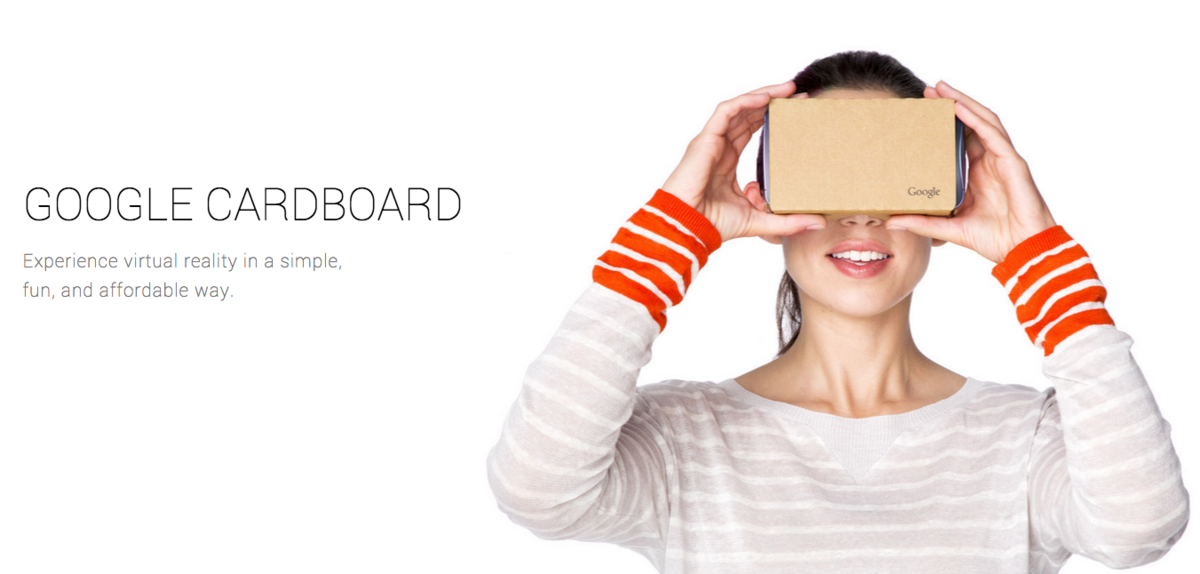
My infographic on Media Literacy begins by giving a definition of media literacy that is derived from the definition that was defined by participants at the 1992 Aspen Media Literacy Leadership Institute. They concluded, media literacy was "The ability to access, analyze, evaluate and create media in a variety of forms." (Aufderheide,1992). I then give a simplified definition that is a summation of the definition provided by the Media Literacy Project. Media literacy is not only about protecting children from the messages of the media, in fact, that is an improbable mission. Media is surrounds our culture and is inescapable. Instead of protecting children from the media, media literacy is about teaching competencies, critical thinking, and basics of literacies in all forms of media so they can begin to analyze the media and interpret the messages on their own. In order to help make this point clearer, I follow the definitions with two more fundamental ideas regarding media literacy, "It is about developing the public's critical and creative abilities when it comes to the media," and a quote from the Kaiser Family Foundation, "a media literate person can think critically about what they see, hear and read in books, newspapers, magazines, television, radio, movies, music, advertising, video games, the Internet, and new emerging technology. For many proponents, it also includes learning how to create messages using print, audio, video, and multimedia (2003)."
The second part of my infographic covers the core concepts of media literacy as set forth by media literacy pioneer Barry Duncan and the Association for Media Literacy in Ontario. While these core concepts are from Canadian teachings, I believe they summarize the theoretical base and framework for media literacy curriculum and discussion (Jolls & Wilson, 2014). The Association for Media Literacy has 8 key concepts for media literacy:
- All media are constructions.
- The media construct reality.
- Audiences negotiate meaning in media.
- Media have commercial implications.
- Media contain ideological and value messages.
- Media have social and political implications.
- Form and content are closely related in the media.
- Each medium has a unique aesthetic form.
For my infographic, I have condensed these 8 concepts into 5 that I believe make for a simpler connection to the infographic viewer. My first core concept is that Media are constructions. This means that all media, whether it be a movie, magazine, news, or advertisement are made by individuals to create a message. These messages contain the creator’s personal beliefs, biases, opinions, and assumptions. My second core concept is that media has commercial implications. All media are businesses whose primary goal is to make money. Businesses, corporations, investors, all influence the content and distribution media. A story can be told; however, it can be framed in whatever light the media would like. The third core concept is that media has its own aesthetic form. Media is an art, and various techniques are taught and used to grab consumers’ attention. Everything from the use of certain words, to colors, to music, are all utilized to “hook” the viewers’ attention. The fourth core concept is that media is social and political. This sums up the fact that media convey values, power, and authority. The media are powerful entities that have a massive influence over social norms, acceptance, personal values, societal values, and political leadership. My last core concept is that audiences negotiate meaning. This is a large category of information, that covers factors that may influence the meaning of a media message. However, to summarize the large amount of information into a small idea I state that, “consumers have varying learned meanings from the same media” (Kubey & Baker, 1999).
My infographic then gives some examples as to why media literacy is important. I begin with a graphic emphasizing the power of television and how media can help form an individual’s personal opinions and beliefs (Manzaria & Bruck, 2012). In order to emphasize the importance of analyzing the messages that media present, I use a graphic showing a fake example of how various media sources may interpret a scenario. In the graphic I use, I show a photo of President Obama drinking a Pepsi and four different news sources with varying takes on this “news story.” I then present info on research that indicates that incorporating media lessons into standard curriculum can help reduce potentially harmful effects of TV and Film violence on young viewers. Research by Renee Hobbs and Richard Frost (1999) show that learning to deconstruct media messages can help juvenile offenders think critically about the consequences of risky behaviors. I present this information with text as well as a few simple icons to represent media.
In order to represent how media is currently adopted in education, I use graphics and information from various research sources. The first graphic is a is a representation of research published by Renee Hobbs and Richard Frost in “Instructional Practices in Media Literacy and Their Impact on Students’ Learning,” that was published in the New Jersey Journal of Communication. They show that all 50 states that are now implementing media literacy as part of the educational framework. Using graphic icons, I also show that most schools incorporate media literacy as a component in major subject areas such as English, language and communication arts, social studies, civics or health
The last section of my infographic lists a few ideas on how to integrate media literacy into curriculum by using media projects such as videos, audio stories, and photo essays. I show an idea for a history class to produce a news show in which they act as two separate media corporations and give two sides to the story. I also give basic ideas for a math class to produce a video in which the students “prove” a false formula. This helps the students realize how easy it is for the media to give false information. English classes could produce a radio who about a Shakespeare play, science classes could create magazine covers, and so on. I end the infographic with text, “Integrating media projects into curriculum will enhance students learning about the subject at hand, as well as teach media literacy” (Ashley, 2015).
References
Jolls, T., & Wilson, C. (2014). The Core Concepts: Fundamental to Media Literacy Yesterday, Today and Tomorrow. Journal Of Media Literacy Education, 6(2), 68-77.
Ashley, S. (2015). Media Literacy in Action? What Are We Teaching in Introductory College Media Studies Courses?. Journalism And Mass Communication Educator, 70(2), 161-173.
Aufderheide, P. (1992) Media Literacy. A Report of the National Leadership Conference on Media Literacy. Aspen Media Literacy Leadership Institute
Hobbs, R., & Frost, R. (1999) Instructional Practices in Media Literacy and Their Impact on Students’ Learning. New Jersey Journal of Communication 6(1999)2:123-148
Kubey, R. & Baker, F. (1999) Has Media Literacy Found a Curricular Foothold?. Education Week (October 27, 1999)
The Henry J. Kaiser Family Foundation (2003). Key Facts: Media Literacy. Fall 2003, 4.
Manzaria, J., & Bruck, J. (2012) Media's Use of Propaganda to Persuade People's Attitude, Beliefs and Behaviors
Jolls, T. (2015). The New Curricula: How Media Literacy Education Transforms Teaching and Learning. Journal Of Media Literacy Education, 7(1), 65-71.
Ciurel, D. (2016). MEDIA LITERACY: CONCEPTS, APPROACHES AND COMPETENCIES. PCTS Proceedings (Professional Communication & Translation Studies), 913-20.
CRAMER, L. M. (2015). Teaching the Foundations of Media Literacy in the Basic Communication Course. Forensic, 100(1), 13-32.
Weisgrau, J. (April 28, 2015). Empowering Student Relationships with Media. Edutopia Blog Retrieved from www.edutopia.org/blog/empowering-student-relationships-with-media-josh-weisgrau
https://namle.net/2015/05/19/mind-over-media-analyzing-contemporary-propaganda/
http://www.medialit.org/reading-room/what-media-literacy-definitionand-more




